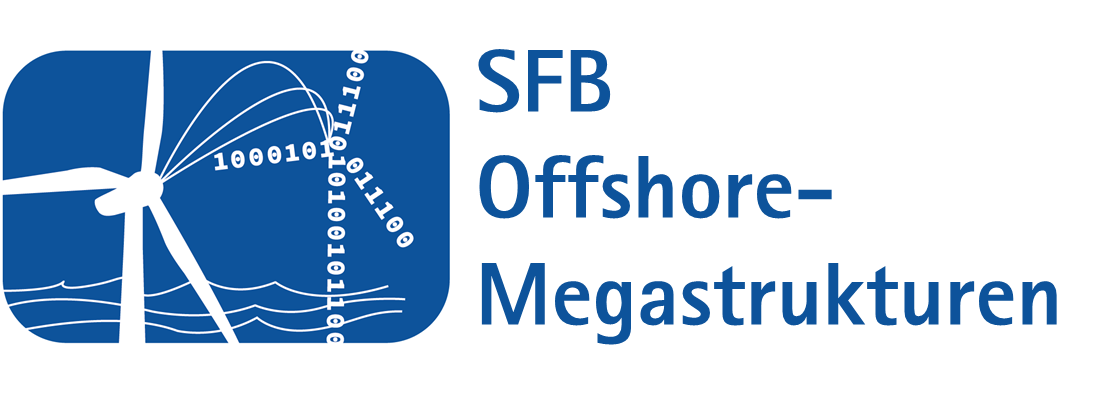The vision of the Collaborative Research Centre is the development and implementation of an integrated design and operation methodology based on the concept of the Digital Twin. In order to achieve this overarching goal, the digital twin is to be realised as a coupled, reduced overall model of an offshore megastructure. By the end of the Collaborative Research Centre, this overall model should have real-time capability in order to enable load and prediction calculations, control processes and optimisation procedures. At the same time, it is essential that the significant non-linear coupling effects of offshore megastructures, e.g. in the interaction of aerodynamic and hydrodynamic effects with slender structures, are represented in the model with sufficient accuracy. In order to achieve the innovation of the digital twin, the model should be adaptive and adaptable to the long-term behaviour of the offshore megastructure at defined sampling times through a model adaptation strategy. This is necessary in order to take into account changes in the design boundary conditions or also new control concepts, conversions and subsequent repowering or retrofitting measures.
In order to achieve this overarching goal of the Collaborative Research Centre, the partial models from project areas A to C are to be merged in the central project into a reduced overall model, the digital twin. The research focus of the central project is the exploration and further development of coupling methods that are able to deal with different temporal and spatial discretisations.






